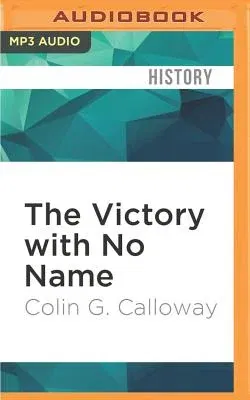In 1791, General Arthur St. Clair led the United States Army in a
campaign to destroy a complex of Indian villages at the Miami River in
northwestern Ohio. Almost within reach of their objective, St. Clair's
1,400 men were attacked by about 1,000 Indians. The U.S. force was
decimated, suffering nearly a thousand casualties in killed and wounded,
while Indian casualties numbered only a few dozen. But despite the
lopsided result, it wouldn't appear to carry much significance; it
involved only a few thousand people, lasted less than three hours, and
the outcome, which was never in doubt, was permanently reversed a mere
three years later. Neither an epic struggle nor a clash that changed the
course of history, the battle doesn't even have a name. Yet, as renowned
Native American historian Colin Calloway demonstrates here, St. Clair's
Defeat--as it came to be known--was hugely important for its time. It
was both the biggest victory the Native Americans ever won, and,
proportionately, the biggest military disaster the United States had
suffered. With the British in Canada waiting in the wings for the
American experiment in republicanism to fail, and some regions of the
West gravitating toward alliance with Spain, the defeat threatened the
very existence of the infant United States. Generating a deluge of
reports, correspondence, opinions, and debates in the press, it produced
the first congressional investigation in American history, while
ultimately changing not only the manner in which Americans viewed,
raised, organized, and paid for their armies, but the very ways in which
they fought their wars.
Emphasizing the extent to which the battle has been overlooked in
history, Calloway illustrates how this moment of great victory by
American Indians became an aberration in the national story and a blank
spot in the national memory.

